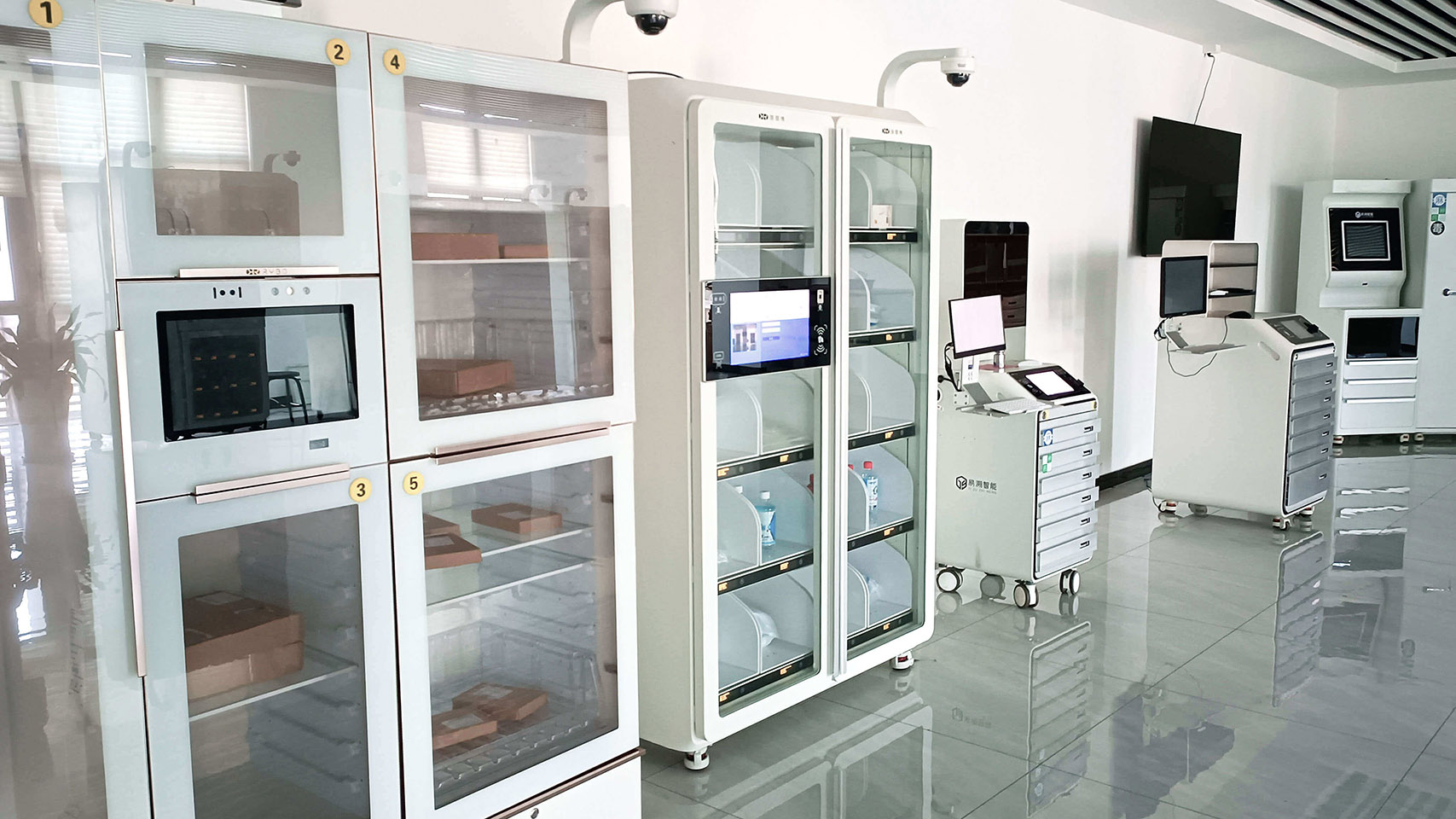The data shows that, wired PIR motion sensor Its development potential should not be underestimated, and it is also the inevitability of its existence. https://www.sunlit-tech.com
In the realm of outdoor security, choosing the right motion sensor is crucial for effective monitoring and protection. The Sunlit PIR detector stands out as a top choice for many due to its design and functionality tailored specifically for outdoor use. This article delves into the features and advantages that make the Sunlit PIR detector highly suitable for various outdoor applications, including its comparison with other wireless outdoor PIR detectors and alarm sensor motion systems.
1. Weatherproof Design
One of the primary factors that make the Sunlit PIR detector suitable for outdoor use is its robust weatherproof design. Unlike many standard motion sensors, this model is engineered to withstand harsh environmental conditions. Its enclosure is designed to be resistant to rain, snow, and extreme temperatures, ensuring that it continues to function reliably regardless of the weather. This weather resistance is crucial for outdoor PIR detectors, as they need to operate effectively in various weather conditions to maintain security.
2. Wireless Technology for Flexibility
The PIR detector utilizes advanced wireless technology, which enhances its versatility and ease of installation. Unlike wired systems, which can be cumbersome and restrictive, wireless outdoor PIR detectors like the Sunlit model offer significant advantages. They eliminate the need for extensive wiring, allowing for easier placement in optimal locations around your property. This flexibility is particularly beneficial for covering large areas or hard-to-reach spots where running wires would be impractical or costly.
3. High Sensitivity and Accuracy
The Sunlit PIR detector is designed to provide high sensitivity and accurate motion detection. It uses sophisticated infrared technology to detect changes in heat signatures caused by moving objects. This allows the detector to distinguish between humans, animals, and other potential sources of motion. The high accuracy of the sensor reduces the likelihood of false alarms, which can be a common issue with less advanced models. By minimizing false positives, the Sunlit PIR detector ensures that you only receive alerts when there is a genuine security threat.
4. Comprehensive Coverage
Another advantage of the Sunlit PIR detector is its wide coverage area. The detector is equipped with a broad field of view, allowing it to monitor a large space effectively. This comprehensive coverage ensures that no part of your property is left unprotected. Whether you need to secure a large garden, driveway, or perimeter, the Sunlit PIR detector provides reliable monitoring across extensive areas, making it a versatile choice for various outdoor applications.
5. Integration with Alarm Systems
The Sunlit PIR detector is designed to seamlessly integrate with existing alarm sensor motion systems. This compatibility allows it to work in conjunction with other security devices, such as cameras and alarms, to create a comprehensive security network. When integrated with an alarm system, the PIR detector can trigger alerts and notifications in real time, providing immediate awareness of potential security breaches. This integration enhances the overall effectiveness of your security setup, ensuring that all components work together to protect your property.
6. Easy Installation and Maintenance
The Sunlit PIR detector is designed with user convenience in mind. Its wireless nature simplifies the installation process, as there is no need to run cables or drill holes. The detector can be easily mounted on various surfaces using standard mounting hardware. Additionally, maintenance is straightforward, with minimal requirements to keep the detector in optimal working condition. Regular cleaning of the sensor lens and occasional battery checks are typically all that is needed to ensure continued performance.








